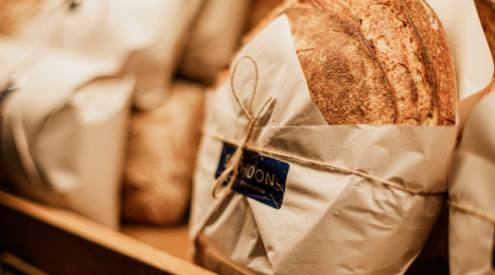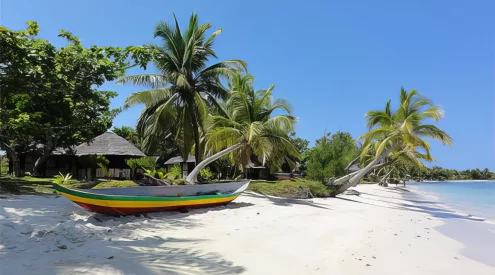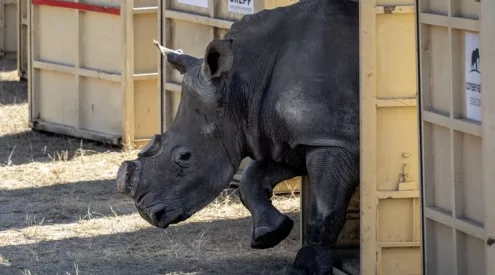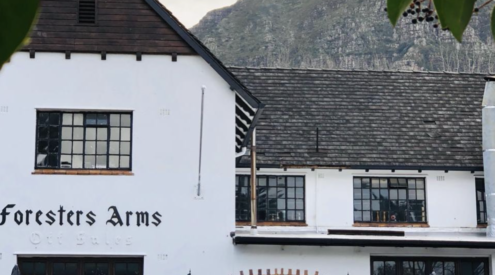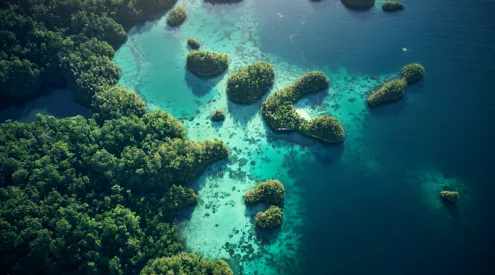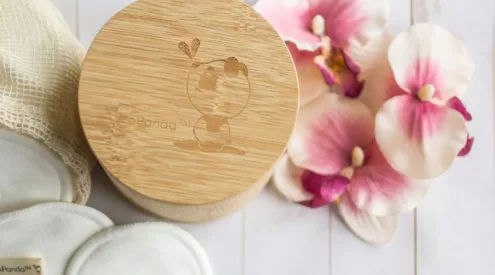Standing in the damp shade made by towering yellowwood trees of the Tsitsikamma Forest, you’re intensely aware of activity all around: Knysna turacos and frogs calling, ferns pushing spores, leaves taking sunshine and turning it into chlorophyll.
Part of the greater Garden Route National Park since 2009, it’s a wonderland of indigenous forest, fynbos and intertidal and marine life. Schools of dolphins and porpoises frolick in the waves, Cape clawless otters hunt crabs along the coastline and rivers, African black oystercatchers nest along the rocky coast and elusive blue duikers- the smallest antelope in Southern Africa, forage in the forest.
But it’s when you’re looking at the forest floor that you discover the region’s fascinating fungi, from creamy-coloured mushrooms to bright red lichens.
Once regarded with superstition, there are many myths about the origin of fungi. Ancient Roman naturalist Pliny the Elder drew a link between mushrooms and the breath of snakes, believing that mushrooms growing near snake pits were poisonous. A few centuries later, in the 1800s, German botanist Frenzel, theorised that fungi were the offshoots of shooting stars.
The body of a fungus exists as a cobweb-like weft of filaments, hidden within logs or soil; fleshy mushrooms are the fruits. Like animals, fungi draw their energy and sustenance from plant or animal matter – dead or alive – and store this as glycogen. Like insects, some fungi contain chitin in their structure.
Among the fungi in this forest, look out for the delicate, white Campanella capensis, lightbrown funnelcap (Clitocybe gibba) and bright orangy-red Cinnabar bracket (Pycnoporus coccineus), which clings to trees like little saucers.
In the Tsitsikamma, the roots of many plants and trees have formed close associations with fungi, which extract moisture and nutrients from the soil for the hosts that feed fungi with nutritious sugars.
These silent agents of decay break down the cellulose of dead wood, leaves and litter, causing them to rot. Once decayed, the remains can be assimilated by the roots of plants and recycled into the living world. Without them, the debris of old wood and leaves would accumulate and there would be no recycling of nutrients, stopping the cycle of nature and stifling all life.
But these organisms also have a dark side. They can devastate insect populations – certain types invade larvae, pupae and adult stages. For example, Cordyceps militaris prefer butterflies and moths and are visible as orange blobs protruding from the bodies of their victims. If they don’t kill the insects, they make them very ill. Fungi also savage plants by causing mildew, rust and disease. They even parasitise their own kind in a race to survive.
Don’t miss Tsitsikamma’s giants:
- The Outeniqua yellowwood (Podocarpus falcatus) is the tallest and can grow up to 60 metres high.
- Henkels’s yellowwood (Podcarpus Henkelii)
- Real yellowwood (Podocarpus latifolius)
Reference:
- A Field Guide to the Mushrooms of South Africa by H Levin, M Branch, S Rappaport and D Mitchell (Struik, 1985),
- Field Guide to the Mushrooms of Southern Africa by GCA van der Westhuizen and Albert Eicker (Struik, 1994),
- Field Guide to Mammals of South Africa by Chris and Tilde Stuart (Struik, 1988).
Photograph by H Krisp, Wikimedia Commons
For accommodation in Tsitsikamma, check out Getaway Accommodation for some great options!


